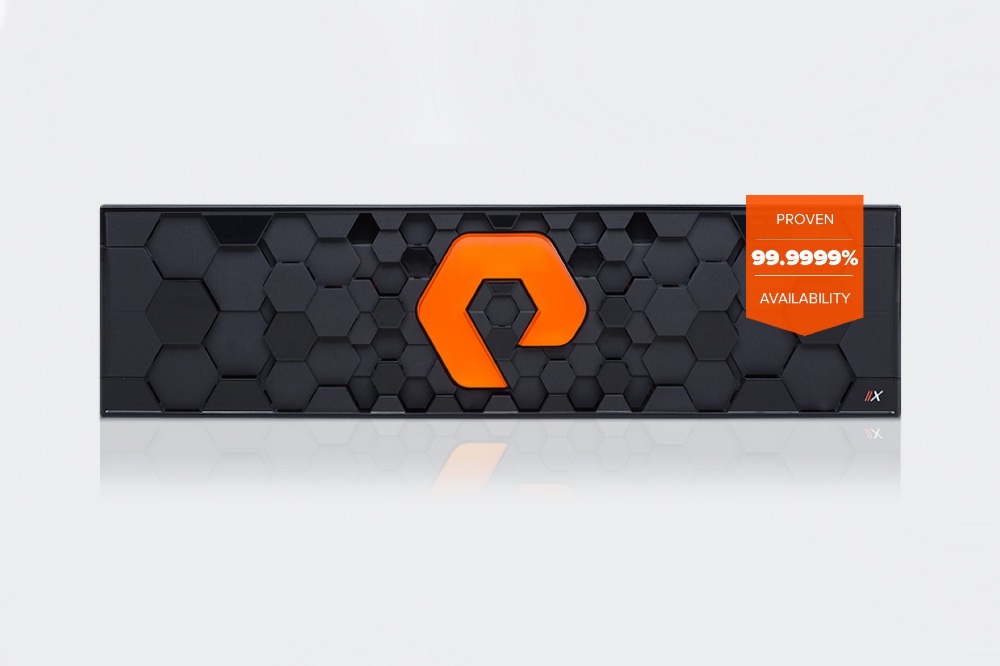Matt Oostveen, chief technology officer, Asia Pacific & Japan, Pure Storage, explains exactly what technology is needed to ensure that your employees are able to complete their jobs effectively while working remotely during the current coronavirus epidemic.
The ongoing COVID-19 epidemic has brought the spotlight back on teleworking as organisations put in place business continuity plans that include dividing employees into office-based and work-from-home. Some organisations are obviously more setup for teleworking employees having put in place the technology infrastructure to do so.
One of the technologies that facilitate teleworking is desktop virtualisation which, as its name implies, virtualises computing resources such that critical data remains on centralised data centres with employees accessing this data and other applications on a variety of devices either in the office or in remote locations.
The benefits of putting in place a virtual desktop infrastructure (VDI) include business continuity, rapid data recovery and enhanced security and data protection but these benefits are not guaranteed.
Some organisations find that their first attempt at virtualisation causes as many problems as it solves, particularly when it comes to disappointing end-user performance, unexpected management complexity, and high costs. Or, VDI may function well at the start, but fails to scale larger over time.
In many instances where the results from a VDI implementation are disappointing, there is a clearly identifiable cause – an inadequate storage system. Typically, this involves legacy spinning-disk systems; but sometimes hybrid systems that combine hard disk and solid-state technologies are the culprit.
Undoubtedly, many of the related technologies such as hypervisors, networking, load balancers, and security have seen improvements but probably the most important element that has taken VDI to the next stage is the advent of reliable, flash-based storage.
In 2012, Pure Storage introduced the first all-flash enterprise storage array to market and VDI was among the best use-cases for all-flash storage.
The quality that all-flash arrays afford to VDI is not only recognised by customers but also the industry. So if you work in an organization that has VDI and you experience performance issues, ask your IT department why aren’t they using flash-based storage?


